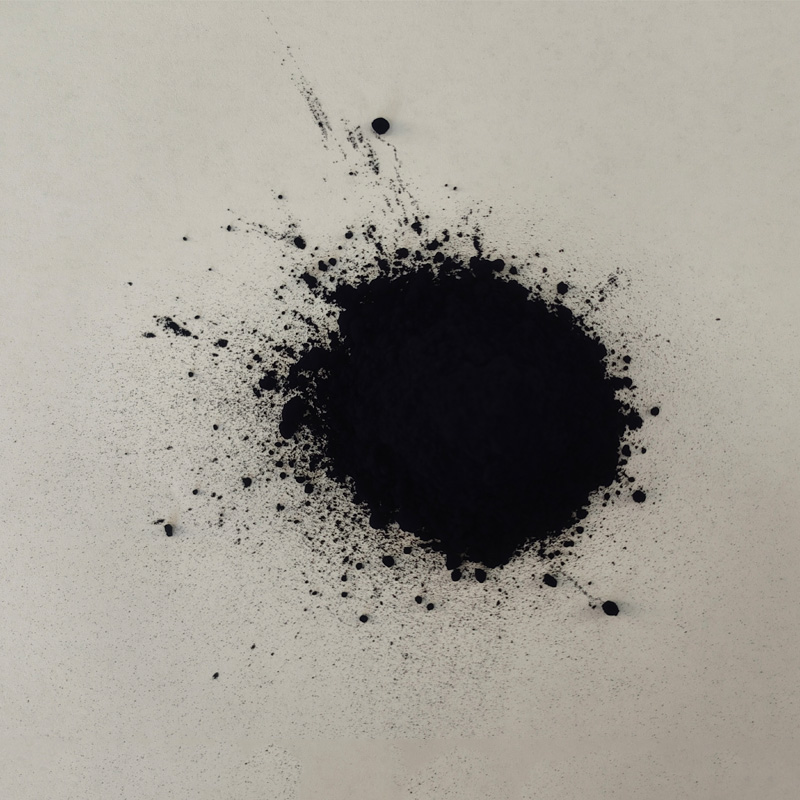Exploring the Unique Aesthetic and Benefits of Custom Indigo Fabric Imports for Fashion and Design
The Allure of Custom Imported Indigo A Journey into Tradition and Craftsmanship
Indigo, a color that has captivated cultures across the globe for centuries, holds a special place in the world of textiles. Its rich, deep hue is not merely an aesthetic choice; it embodies a history of craftsmanship, tradition, and cultural significance. Custom imported indigo fabrics have emerged as a favored option for those seeking authenticity and uniqueness in their clothing and home decor.
The journey of indigo begins with its source the indigo plant, which has been cultivated for thousands of years. The production of indigo dye is a complex process that combines nature and craftsmanship. The leaves of the indigo plant are harvested, fermented, and then processed to create the deep blue dye. This natural dyeing technique is not only an art form but also a sustainable choice compared to synthetic dyes, which can be harmful to the environment. By choosing custom imported indigo, consumers support eco-friendly practices and traditional methods that have been passed down through generations.
One of the most intriguing aspects of custom imported indigo is the variety of techniques used to create different patterns and textures. From fold-and-dye batik to tie-dye and shibori techniques, artisans around the world have developed unique styles that reflect their cultural heritage. Each piece of fabric tells a story, a narrative woven into its very fibers. For instance, the rich tradition of shibori from Japan emphasizes precision and artistic vision, while the tie-dye methods in West Africa showcase vibrant colors and bold designs. When choosing custom imported indigo, consumers can connect with these stories, making each purchase meaningful.
Moreover, custom imported indigo supports local artisans and economies. By purchasing directly from craftspeople, buyers ensure that their money goes to the individuals maintaining these age-old techniques, rather than large corporations that may exploit these traditions for profit. This connection fosters a sense of community and appreciation for the skills necessary to produce such beautiful textiles. As a result, consumers not only receive high-quality products but also participate in preserving cultural heritage.
custom imported indigo

The versatility of indigo extends beyond fashion. Interior designers and homeowners have embraced the color for its calming and warm qualities, often incorporating indigo textiles into their decor. Custom imported indigo cushions, curtains, and table linens can effortlessly elevate any space, introducing a touch of sophistication and timelessness. The color pairs beautifully with a range of other hues, making it a popular choice for minimalist and eclectic designs alike.
Additionally, the trend of sustainability has led many consumers to reconsider their purchasing habits. Fast fashion, with its detrimental environmental impact, has prompted a shift towards slow fashion — a movement that values quality, craftsmanship, and sustainability over quantity. Custom imported indigo perfectly encapsulates this philosophy. Each handcrafted piece is made with care and attention, ensuring longevity and reducing waste.
In a world increasingly dominated by mass-produced goods, custom imported indigo represents a return to authenticity. It invites individuals to appreciate the artistry behind each item and to recognize the importance of cultural heritage. By embracing this vibrant fabric, consumers indulge in a rich tapestry of stories, traditions, and sustainable practices, enriching their lives and homes in meaningful ways.
In conclusion, custom imported indigo is not just a fabric; it is a celebration of tradition, craftsmanship, and sustainability. As we navigate an ever-changing world, embracing such timeless materials allows us to connect with our roots and support the artisans who keep these ancient practices alive. Whether for fashion or decor, the deep blue of indigo continues to hold its charm and significance, ensuring its place in the hearts of many for generations to come.
-
The Timeless Art of Denim Indigo Dye
NewsJul.01,2025
-
The Rise of Sulfur Dyed Denim
NewsJul.01,2025
-
The Rich Revival of the Best Indigo Dye
NewsJul.01,2025
-
The Enduring Strength of Sulphur Black
NewsJul.01,2025
-
The Ancient Art of Chinese Indigo Dye
NewsJul.01,2025
-
Industry Power of Indigo
NewsJul.01,2025
-
Black Sulfur is Leading the Next Wave
NewsJul.01,2025

Sulphur Black
1.Name: sulphur black; Sulfur Black; Sulphur Black 1;
2.Structure formula:
3.Molecule formula: C6H4N2O5
4.CAS No.: 1326-82-5
5.HS code: 32041911
6.Product specification:Appearance:black phosphorus flakes; black liquid

Bromo Indigo; Vat Bromo-Indigo; C.I.Vat Blue 5
1.Name: Bromo indigo; Vat bromo-indigo; C.I.Vat blue 5;
2.Structure formula:
3.Molecule formula: C16H6Br4N2O2
4.CAS No.: 2475-31-2
5.HS code: 3204151000 6.Major usage and instruction: Be mainly used to dye cotton fabrics.

Indigo Blue Vat Blue
1.Name: indigo blue,vat blue 1,
2.Structure formula:
3.Molecule formula: C16H10N2O2
4.. CAS No.: 482-89-3
5.Molecule weight: 262.62
6.HS code: 3204151000
7.Major usage and instruction: Be mainly used to dye cotton fabrics.

